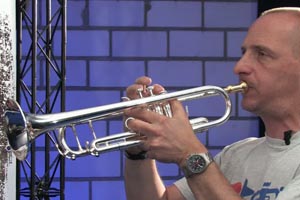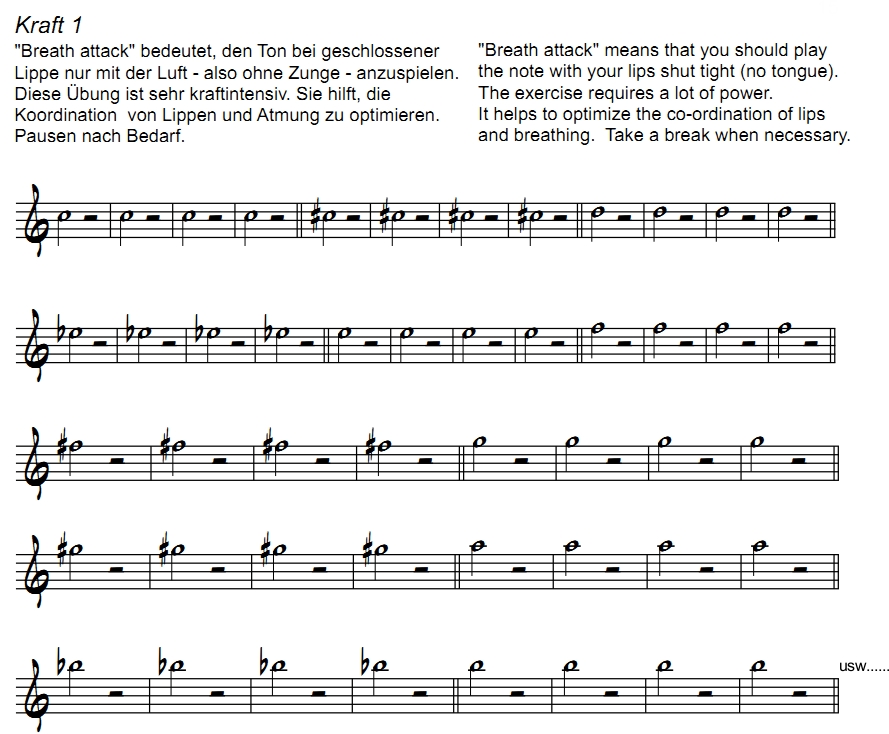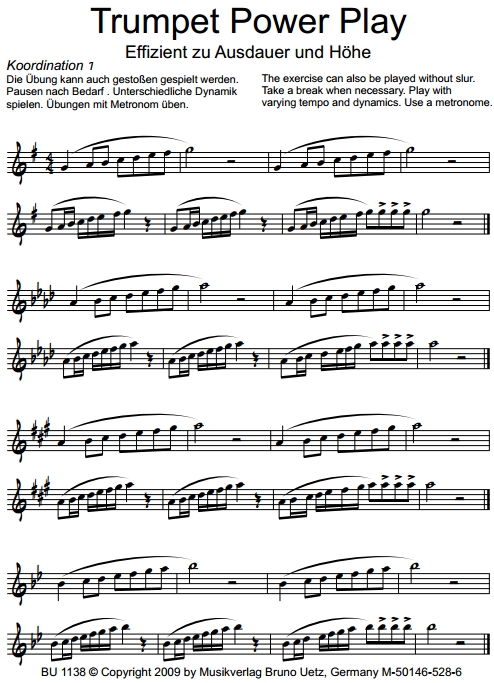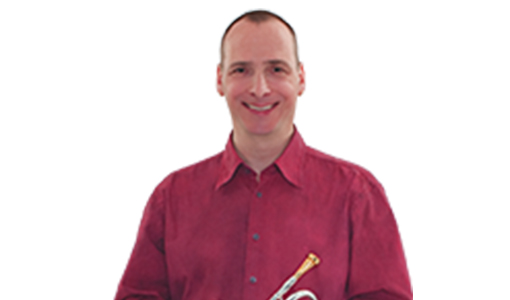Introduction
The heading may be somewhat confusing, because I didn’t mean to say that you need to play "full throttle". "Powerplay" is more about using one’s strengths, like team players or politicians would. With respect to brass instruments, powerplay refers to a practice strategy I like to apply: the body is trained by means of high-intensity exercises, so as to achieve maximum impact in a short lapse of time.

Coordinating one’s breathing, tongue and embouchure
This practice method designed to optimize my technical playing skills, which should not be confused with the act of playing music (to me, playing music and improving my blowing technique are two separate things), not only develops your strength. It also helps you coordinate the three aspects involved in playing a brass instrument: breathing, tonguing and embouchure. Only when these three come together will you make progress, playing more easily, for longer stretches"”and with more confidence.
The right technique for a powerful trumpet sound
Maybe some of you are thinking that "powerplay" sounds like you need to squeeze and expel the notes with all your might. That is not at all what I have in mind here. Powerplay has nothing to do with giving it all you’ve got or squeezing, because squeezing is always tense and therefore unsuitable for playing an instrument.This phenomenon precisely occurs when the important factors are not coordinated and obstructing one another. The term "strength" may create the wrong impression: playing a brass instrument inherently means that a given amount of energy needs to be converted. But that is all I am implying with "strength" here.
Work-out for the lip muscles
Rest assured, I am not implying that you need to grow the muscle mass in your lips beyond recognition. Using the right technique is far more effective, and the muscles in any "normal" human being should be enough to operate a brass instrument. Yet, specifically targeted exercises can do more than just strengthen the lip muscles. Again, what counts is the coordination of various functions.
Breath attack-strength exercise for trumpet players
Enough theory now, let’s do something. One exercise I consider perfect for training all three functions is what I call "Breath Attack". It involves playing one note (from the C2 upwards in chromatic steps, for example) only by expelling air. I first need to close my lips and then expel air to open them and hence produce sound. Two factors, "air" and "lips" need to work in tandem to cause the lips to vibrate. Failing an equal balance of strength, the lips won’t open, or won’t close again, so that there will be no vibration. What I mean to say is that the stronger the air jet you expel, i.e. to play a loud note, the stronger the counterforce which the lips need to provide.

Using support
High volumes necessarily also serve to train your lip muscles. In the case of our "breath attack", this is not the only effective aspect for our training. A second factor to bear in mind is resorting to diaphragm support i.e. flexing your abdominal and trunk muscles, preferably in sync with the onset of your note. Supporting before the onset usually leads to an obstruction of the air around the vocal chords.
If the support mechanism sets in after a note’s onset, the onset lacks impact and may cause you to press again. In either case, however, wrong timing means a lot of energy is wasted. Repeating such misfires during a two-hour performance may exhaust you to the extent that the last pieces of the evening feel like they’re just too much.

Practicing scales
Let us play a scale"”the G major scale, for instance"”starting from the G1 and paying attention to the following: all notes need to be played legato, the air flow and support should be constant, with a regular air flow over the entire octave. The lip should contribute actively to pitch changes, and the tongue needs to be used to narrow the mouth cavity for high notes. The use of the tongue and its importance for pitch changes is still a matter of debate, with no consensus in sight.
I believe the tongue needs to modify the size of our resonator (the mouth) to make it easier to play high notes. I therefore advise you to use your tongue to change the pitch. Start by playing the scale up, then play it up and down, first within one octave, then over two octaves.
Conclusion
There are lots of other power training exercises you could use, but discussing them here lies beyond the scope of my article. The two exercises I mentioned are a good start, however. I wish you all the best for your personal practice schedule and encourage you to experiment with your instrument.
Good luck!
Yours,


